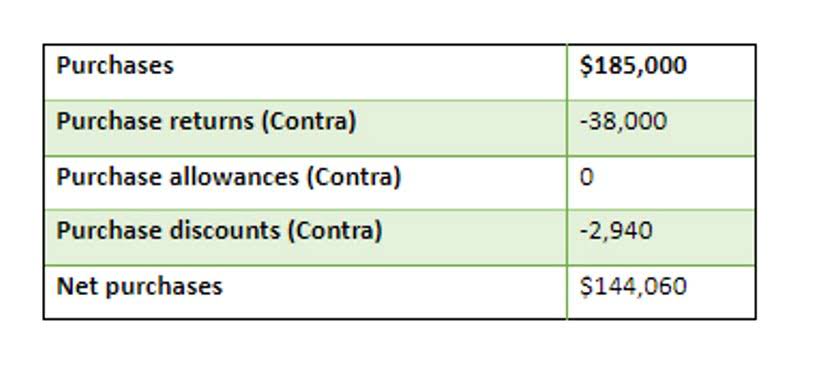
This is because there is no need to track and calculate payments and match them to work completed. Instead, you’ll wait until you hit substantial completion and then recognize everything all at once. Along these lines, you can now match revenues to the expenditures that help you generate those revenues, giving you a more accurate picture of the true results of this job.
Services our clients draw upon include:
- Along these lines, you can now match revenues to the expenditures that help you generate those revenues, giving you a more accurate picture of the true results of this job.
- While some accounting methods may seem to have more benefits than others, you may have less choice in how you approach your accounting than you might think.
- Over the following months, you’ll buy materials, schedule and pay your crew, and deal with suppliers.
- This blog will discuss the most common billing methods in construction, list the pros and cons to each, and when they are the best approach.
- We have the skills, experience and equipment to take on a variety of excavation projects.
- This way, you can better extrapolate performance from month to month and from job to job.
As you can see, Construction Billing Methods come in many different shapes and sizes; each method has pros and cons that will work better for specific use cases. Progress billing will see contractors prepare and submit invoices at different project stages. This method is usually done on a percentage-of-completion basis following a payment schedule.
- Even cash can be accepted, though, for legal reasons, there are usually limitations on how much can be given and in what context.
- The job looks tremendously profitable on paper, but that’s just because you haven’t started paying for any materials, labor, subcontractors, and so on.
- This equity may be held by the owner or shareholders depending on the business structure.
- The most important factor in prevailing wage is that it’s area-dependent.
- With the support of the right technology, construction billing does not have to be tedious and time-consuming.
- These milestones should be agreed upon in advance by all parties and written into the construction contract.
Job costing and G/L in construction accounting

Which helps contractors and subcontractors accurately monitor job progress and ensures work is progressing as planned. Another major disadvantage is that since profit is predetermined, there is no way to increase profitability by cutting costs or working more efficiently. This lowers the amount of profit a construction company can make since profit is obviously tied to your total project cost. This can back a contractor into a corner in a way that a fixed-price contract would not. As a result, contractors must keep highly detailed records and detailed invoices to stay organized.

Early pay incentives or late pay penalties

For this reason, the accrual method is the preferred choice for construction (along with many other industries). Let’s say you wanted to analyze how profitable you were in July of last year (during your busiest time of the year). There will be a timing difference between revenue and expense recognition using cash basis. You may not get paid for all completed work in July until August or even September. In this case, September will look like your most profitable month when in reality, you earned this money in July. Understanding the financial nuances of construction projects requires a deep dive into forecasting, planning and financial evaluation to determine a project’s success and profitability.

Revenue recognition is how construction contractors collect financial means for their business. In construction accounting, financial experts typically use software, general ledgers, and specialized methods as one system. That’s in contrast to how regular bookkeepers might handle workflows — at least for the most part. Looking to reduce time to payment, improve risk management, and attract more customers? An easy way to speed up payment is to offer discounts if the invoice is paid before the due date.
Best Practices for Construction Billing

Unit pricing can make sense for material-dependent projects where the exact amount of specific materials cannot be determined ahead of time. This can be another solid option for contractors if the scope of work needs to be clarified. If a project grows in scope, contractors can bill additional units as needed. For example, you can pay for certain materials, such as dirt, through a unit price since it can be tough to estimate the exact amount you’ll need at the start of a project.
Additionally, the contractor is incentivized to complete the project within the price to maintain profitability. Revenue recognition is typically straightforward in regular business accounting situations. This is because companies sell a product or service and receive payment right away. You can choose between the cash method or the accrual-based accounting method. However, the way construction companies recognize revenue can be more complex due to the nature of their business.
Or, if the job is botched, you may want to consider withholding payment until the work is brought up to snuff. You don’t want to pay for work that wasn’t expressly authorized or was performed by someone else. When push comes to shove, it’s important that a construction business understands what tools are available to help recover payment. Mechanics lien claims may be the most powerful tool in this regard, and payment bond claims mirror the recovery tool for public works. Both mechanics lien claims and payment bond claims were specifically tailored to provide recovery options that aren’t as expensive, slow, and risky as litigation.
Tip #1: Record daily transactions consistently
As a result, each partner shares in the losses and profits of the joint partnership. In effect, this means that each member of the partnership https://www.bookstime.com/ pays separate taxes. Equipped with these bank accounts, you can significantly increase the performance of your construction business.
